Pinching plants, the age-old technique of snipping out the center of your multi-stem, cut-and-come again herbs and flowers is epic. If you’re like me and want fuller plants, more stems, blooms and increased stem length, you too will soon be a convert.
Pinching plants redirects the plant to refocus its energy from developing the central stem and bud, into side-shoots, promoting stem and flower production.
Removing that top, tender growth is KEY. After this cut—or pinch—your plants will grow 2+ new stems beneath the slice. Resulting in a bushier, more productive plant.
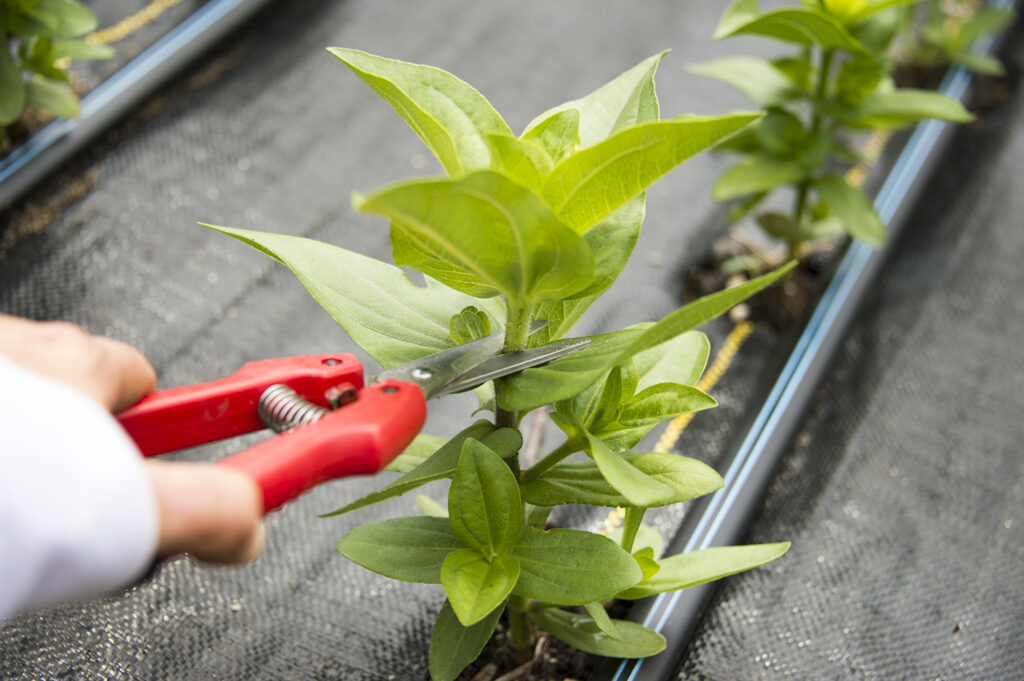
While pinching isn’t required, expect tall, rangy plants with minimal stem and bloom production when pinching isn’t practiced.
My First Cut, Pinching Plants
The first time I ever pinched a plant I was so nervous. I looked at this happy, vibrant little seedlings and could not believe I was going to cut 3-5” off the top. Sounds insane. However, you’re crazy if you aren’t taking advantage of this simple, effective process. So, that initial year I was in fact rewarded with lush, sumptuous stems and blooms. The following year I felt the jitters again. I knew in my head that this snip would make a colossal difference in my harvest, but I still felt timid. After I went through with it, low and behold, heaps and heaps of stems and flowers again! And ever after, this pinching practice became an essential garden task I look forward to every spring.

Sage harvest off ONE plant after pinching. Crazy right?!
Are you ready to make your first cut?
How To Pinch Plants:
1. Wait until the plant is 8-12” tall with 3-5 sets of leaves.
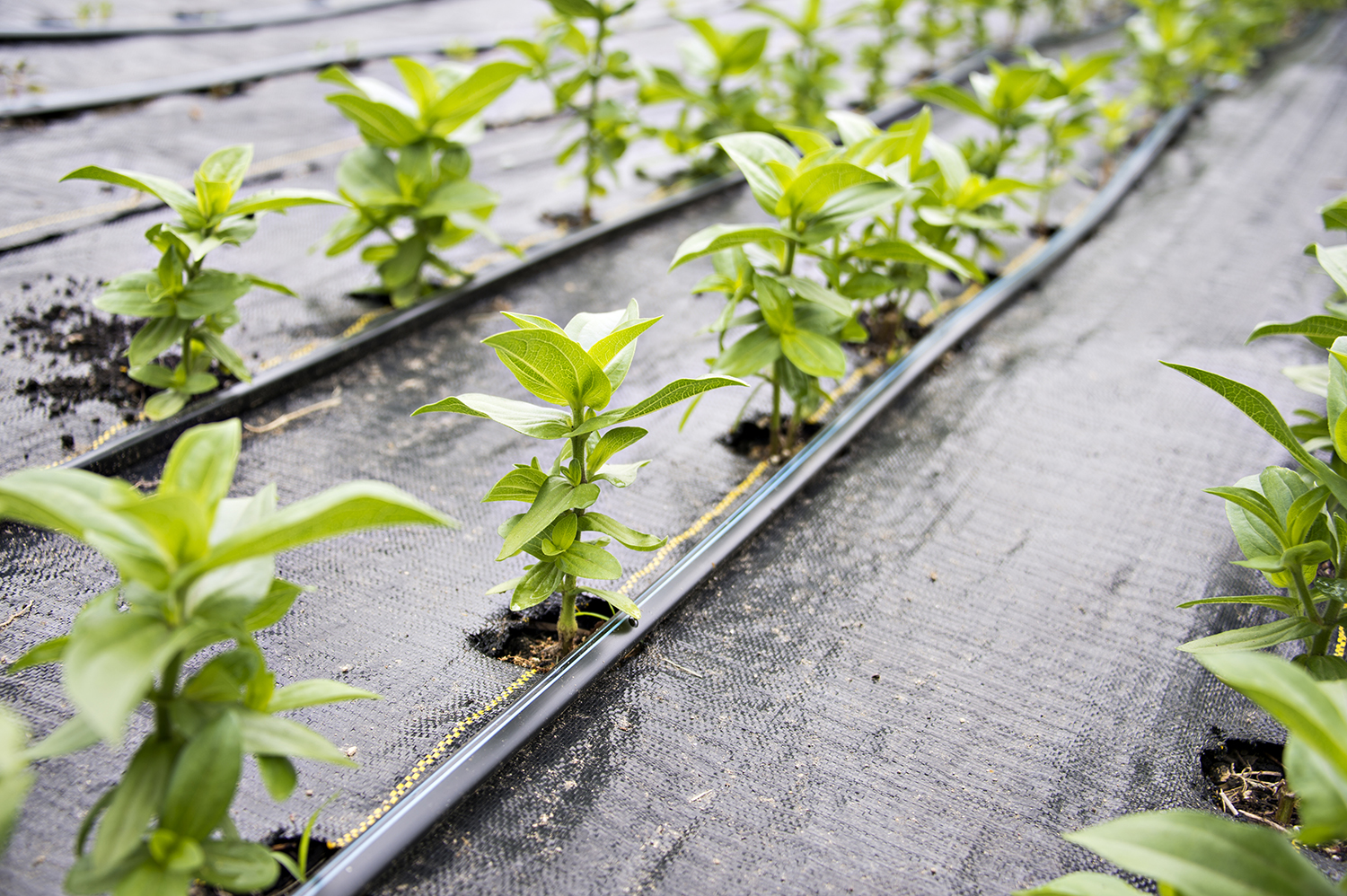
Zinnia seedlings ready for pinching!
2. Grab clean, sharp, snips (my favorite, go-to snips can be found here).
3. Cut 3-5” off the tender top growth. Make sure you make the cut right above a node, or set of leaves.
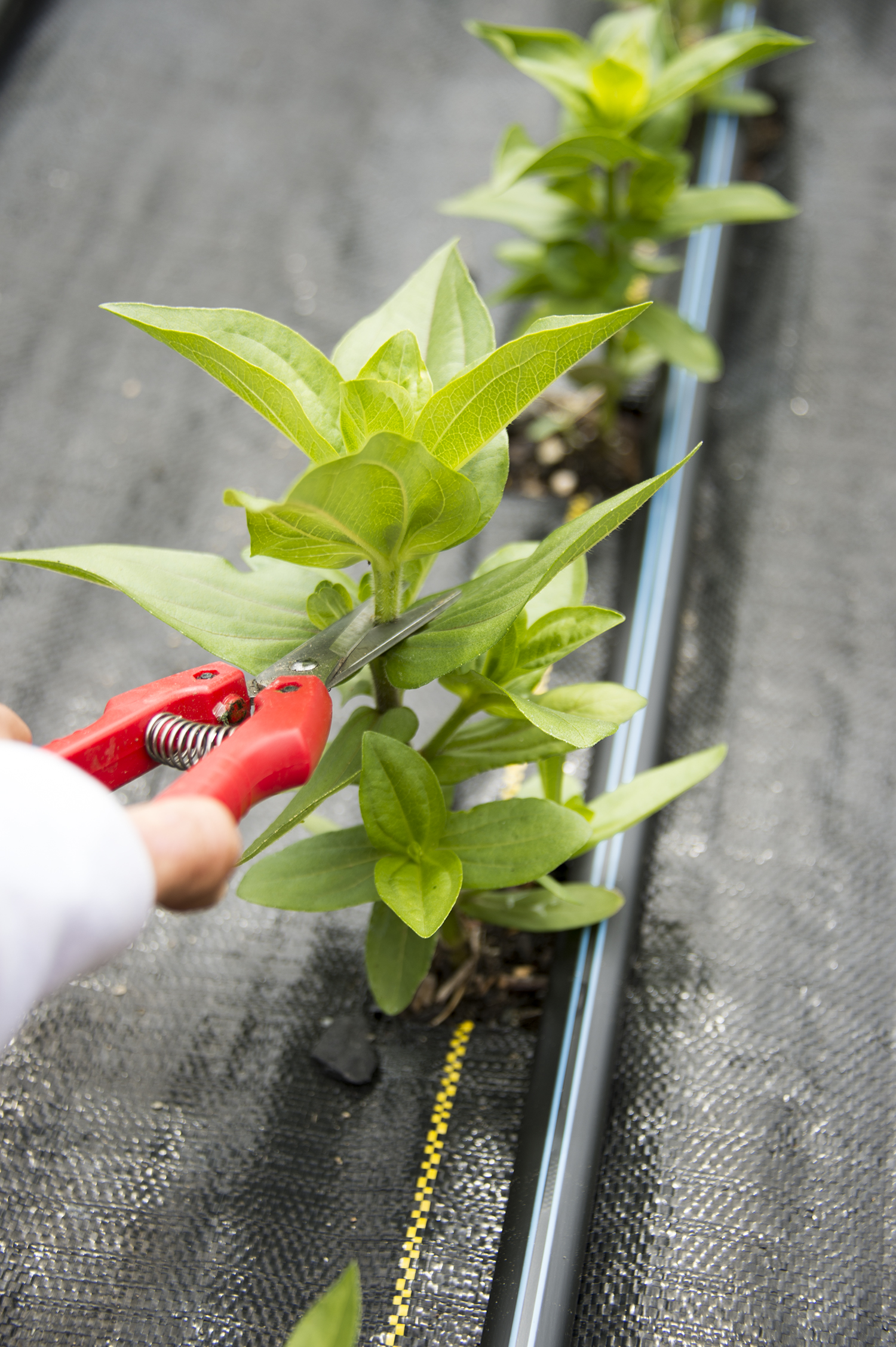
And voilá! You’re ready to repeat!
Pinching is essential for plentiful crop harvests, whether herb or flower. Whenever I harvest stems, I always cut right above a leaf node, or set of leaves—similar to when pinching young plants—which stimulates more branching.
By harvesting in this manner I am essentially continuing to pinch back and deadheading. This continued cut-back prolongs bloom period for flowering plants, and stem and leaf production for herbs for a summer long—even an entire growing-season long—harvest.
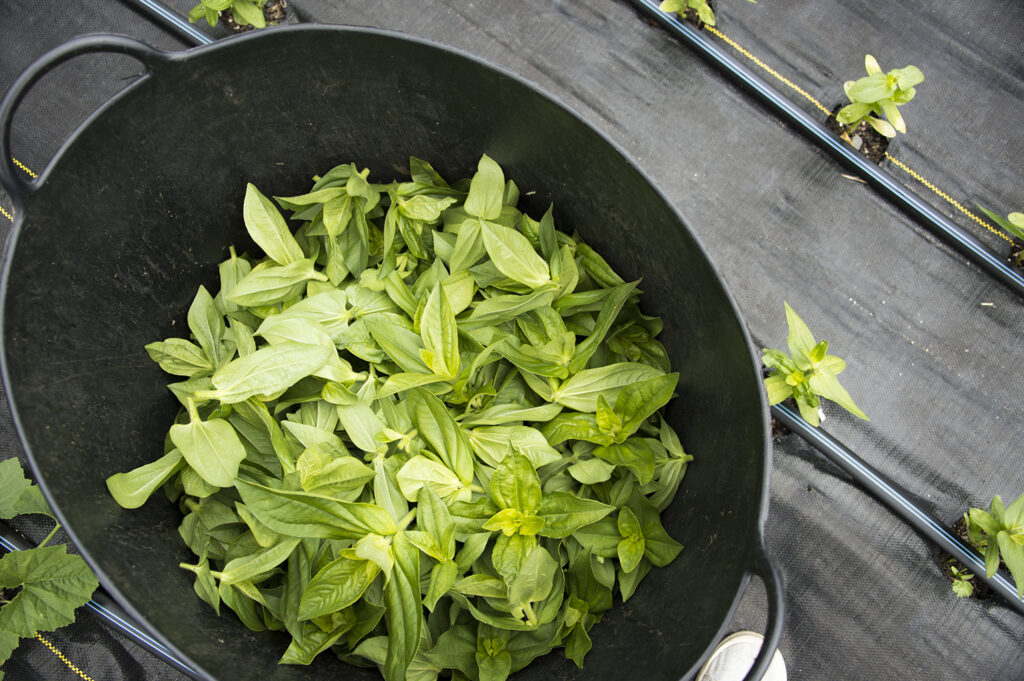
Pinched zinnia tops, headed to the compost bin.
My basils, for example, I’m able to harvest from late spring/early summer, until frost gets them in autumn. One plant can consistently supply me with fragrant, delicious leaves for 3+ months. Every couple weeks, I cut at least one-third of the top growth right above a set of leaves, and this does two things. First, it stops it from going to flower, which signals to the plant it’s time to shut down production. And secondly, it encourages bushier growth, meaning more stem and leaf production. Who doesn’t want more basil leaves?!
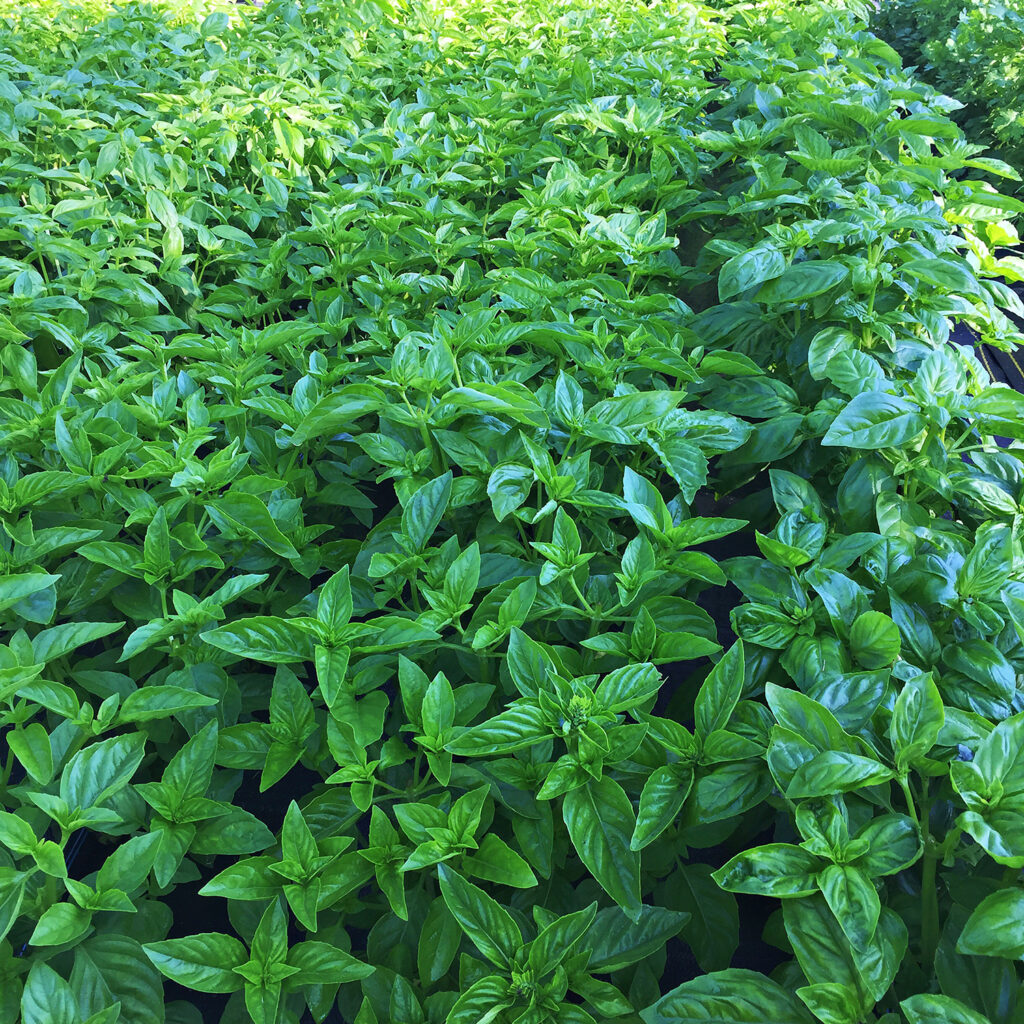
When it comes to flowers, I do the same thing. Harvest blooms regularly, but always cut the stem far back to a node, or set of leaves. Again this acts similarly to deadheading, not allowing the flowers to develop seeds. When flowers, such as sweet peas or dahlias, are not harvested regularly and allowed to stay on the plant, they begin to wither. This decline communicates to the plant it’s time to wind down for the season, stop producing blooms and begin seed production. Flowers that are harvested frequently, give no chance for seed development. So they continue branching out, setting buds and blooming until frost or … you stop harvesting.

The Big Takeaway:
The more you pinch, the more you get!
When it comes to plant pinching, I am ruthless! Armloads of flowers and herbs is so worth this teeny-tiny extra step in spring. Not only does it shape the plant and make it more productive, you will have plenty to share with family and friends. Isn’t that one of the great joys of having a garden? The sharing.
In case you have any unanswered questions on pinching, here’s couple FAQ’s.
Pinching FAQ’s.
Q. Must you use flower snips?
A. Clean, sharp snips, pruners or scissors are best. While I have been known to use my fingernails in a pinch (don’t you just love a pun?!), fingers and dull pruners can tear the stem tissue opening young plants up to disease if you’re not careful.
Q. What plants do you pinch?
A. Multi-stemmed, cut-and-come again crops.
Herb-wise, think basil, sage, rosemary, tarragon, lavender, thyme*, oregano* and scented geraniums (pelargoniums). *Thyme and oregano perform best when pinched back by half, and again after flowering.
Dahlias and most annual flowers including: zinnias, sweet peas, rudbeckia, marigolds, calendula, amaranth, branching sunflowers, cosmos, celosia, marigolds, impatiens, most snapdragons, salvia, and petunias, just to name a few, provide more generous harvests when pinched.
Even woody perennials like Russian sage, phlox and asters respond well to pinching—or cutting back—by a third in early spring!
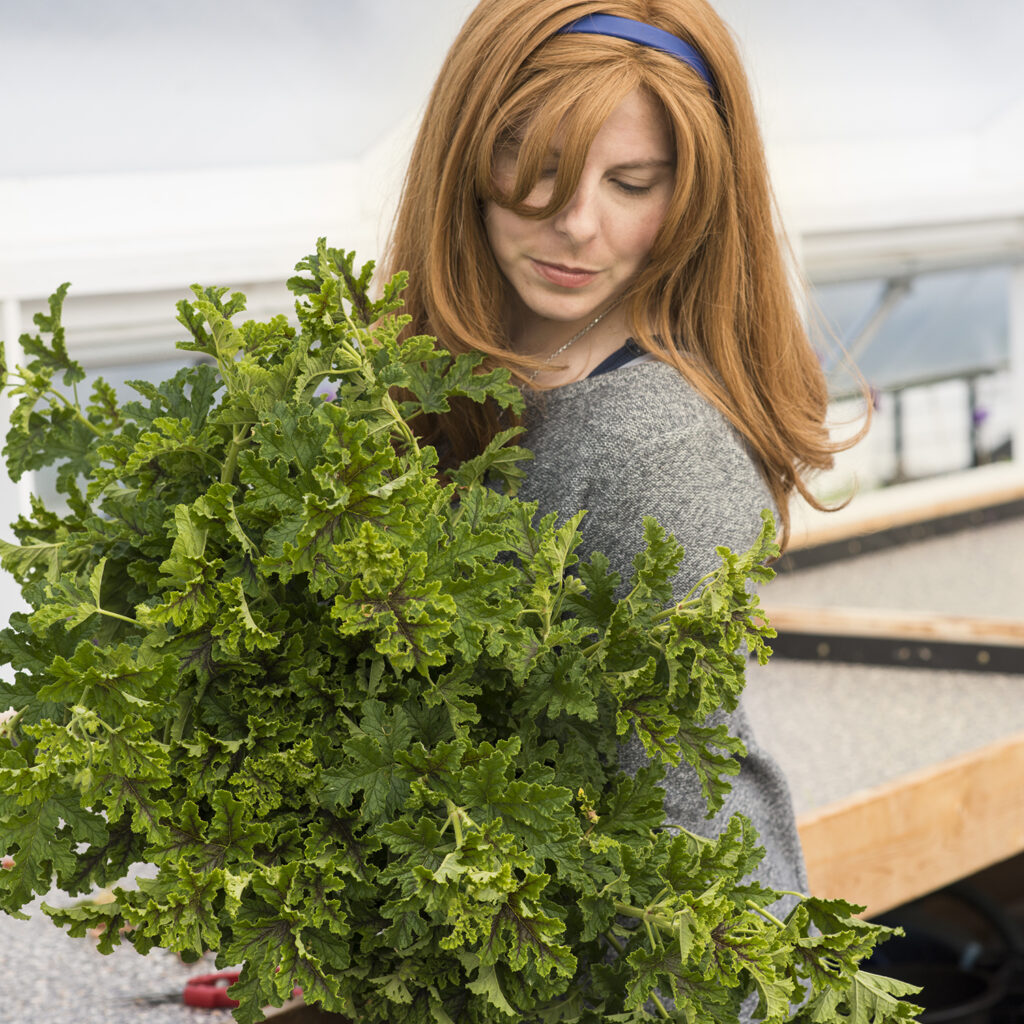
Chocolate Mint Scented Geranium harvest off ONE pinched plant.
Plants NOT to pinch: Dill, single-stemmed sunflowers, single-stemmed snaps, larkspur, delphinium, cockscomb, columbine, stock, columbine, coral bells, iris, foxglove and dianthus.
Q. When do you pinch?
A. Early spring ideally, before the plant sets its first bud. Look for when your seedlings or young plants is 8-12” tall and has 3-5 sets of leaves.
Reality Flash:
There have been times I’ve been busy in spring and neglected pinching until the plants were larger. After my pinching, flowering was delayed a couple weeks, but I’d rather have a bushy plant with an abundance of stems and blooms following a slight lag, than a spindly plant that blooms on time.
Q. Where do you pinch?
A. Snip off the top 3-4” off the plant just above a set of leaves.
Q. What about pinching woody-stemmed plants?
A. Woody-stemmed plants should be cut back, but by no more than on-third.
I hope this answers all your plant pinching related questions!


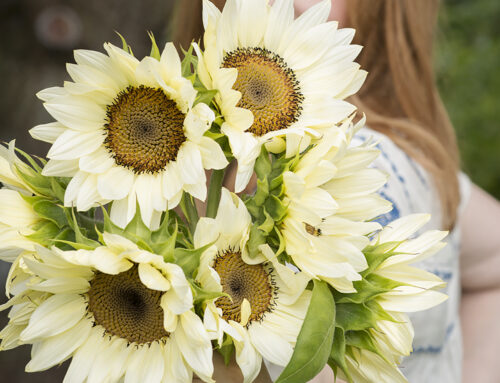
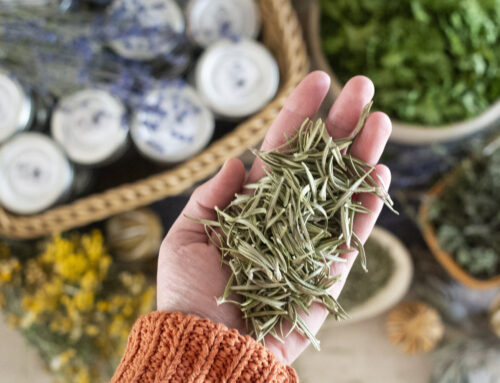
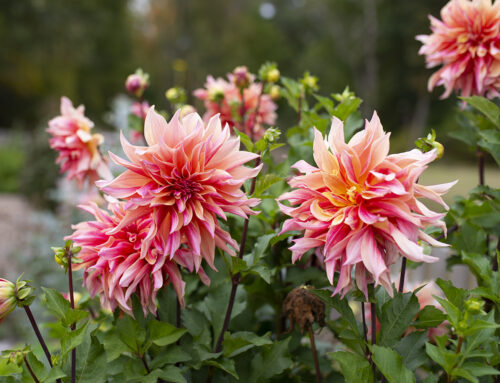
[…] comes the part that makes many gardeners break out in hives—pinching. Once the plants reach about 6-8″ tall and have 4-6 sets of true leaves, cut them back to one […]
[…] more detailed directions on pinching plants, check out my Beginner’s Guide to Pinching […]
[…] biggest piece of advice for growing basil is Pinch-Pinch-Pinch it back! For a deep dive into pinching, check out my post, the Beginner’s Guide to […]
[…] your cutting has taken and grown 6-8″ tall, pinch back. Pinching back redirects the seedlings energy into becoming bushier. You will be rewarded with […]
[…] Single-stemmed sunflowers will become no-flower sunflowers if pinched. Check out my post on How to Pinch Plants for more […]
[…] my favorite—and most used—technique I use in the garden, PINCH! When your seedlings are about 6” tall, use with your finger or sharp snips to cut back the […]